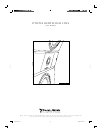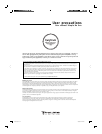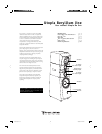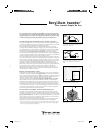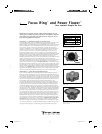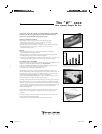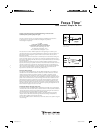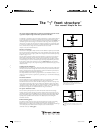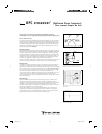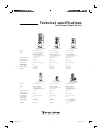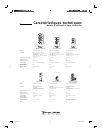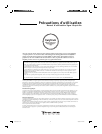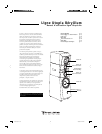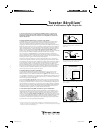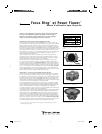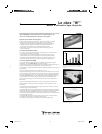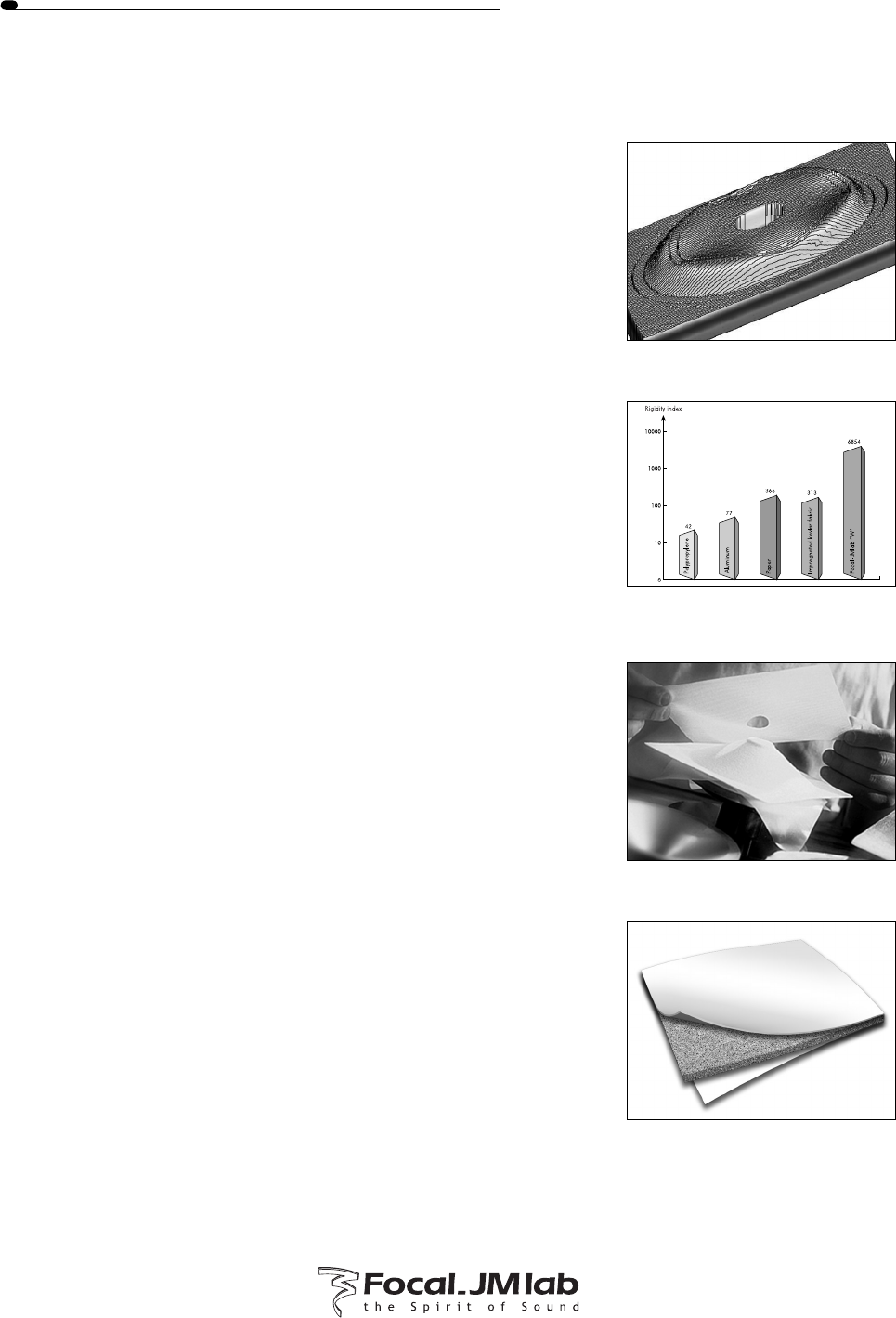
Properties of a drive unit membrane
Three parameters are of prime importance: mass, internal damping and stiffness.
• Stiffness allows the cone to behave as a piston over a wide range of frequencies,
especially important at bass frequencies for low distortion.
• Low mass delivers maximum acceleration on transients for the best reproduction of fine detail.
• Internal Damping damps out any ringing or vibrations in the cone structure that
would otherwise color the sound.
Materials
• Paper a light material, though not very rigid, but with reasonable internal damping.
Sound often suffers from a “cardboard” coloration.
• Polypropylene/Plastics a material relatively heavy, but with good internal damping properties.
Not especially stiff and the sound tends to lack detail and precision.
• A simple woven aramid fibres cone (not a sandwich type construction) uses a resin to seal the cone
and bring about the rigidity required, but this tends to lead to a dull plastiky coloration.
The sandwich structure Focal-JMlab
During the mid 1980s, a new type of cone was developed and patented by Focal-JMlab which com-
bined low mass, stiffness and high internal damping; the “Poly-K sandwich”.
Using woven aramid fibres tissue skins and a core of hollow microspheres of glass mixed with
a resin, this structure exhibited extremely high rigidity and low mass.
The damping could be controlled by the properties of the core.
Since this original construction, the process has been refined and developed to produce a new
generation of aramid fibres sandwich. The major advance in the construction of this cone is the use
of a special structural foam in place of the resin + microballs. This foam is used primarily in the
Aerospace industry; no other foam offers the same high ratio of stiffness/mass.
The name “W” is derived from Verre-Verre (Verre = Glass). The “W” cone uses two very fine
tissues of woven glass that are lighter and thinner than aramid fibres.
In addition, the molecular bond between the foam and the glass tissue is far superior to that of the
aramid fibres. This results in a cone structure which is mechanically more stable and with superior
stiffness. This construction allows us to further optimize the transmission speed of the sound wave
in the cone. This new construction process allows the amount of internal damping in the structure
to be very accurately controlled by varying the thickness of the foam: the thicker the foam,
the higher the damping factor.
The relationship between the thickness of the glass tissues and the foam core allows us to finely
optimize the cone structure depending on the particular application and the frequency area
to reproduce.
The “W” cone produces an extremely transparent and neutral sound free from coloration and
distortions normally associated with loudspeakers.
Its only limitation, the price; more than ten times the price of a quality paper cone.
For more than 15 years the composite cone sandwich technology is a Focal-JMlab
exclusivity. The “W” process, fi rst initiated in 1995 with the Grande Utopia,
provides now a true optimisation of the frequency response.
Analysis using laser interferometry allows the optimization of the “W” cones
in terms of rigidity/damping/mass.
Comparison of the index of rigidity in flexure (expressed in N.mm).
The performance of the “W” cones significantly betters that of other materials
for the same mass. In addition, internal damping is also superior.
The ‘W’ structure, a central core of foam covered by skins of glass tissue.
The hand-made manufacturing of the "W" cone. Our industrial process is
patented.
6
The "W"
™
cone
User manual Utopia Be line
notice utopia be 6 19/04/04, 15:32:42



